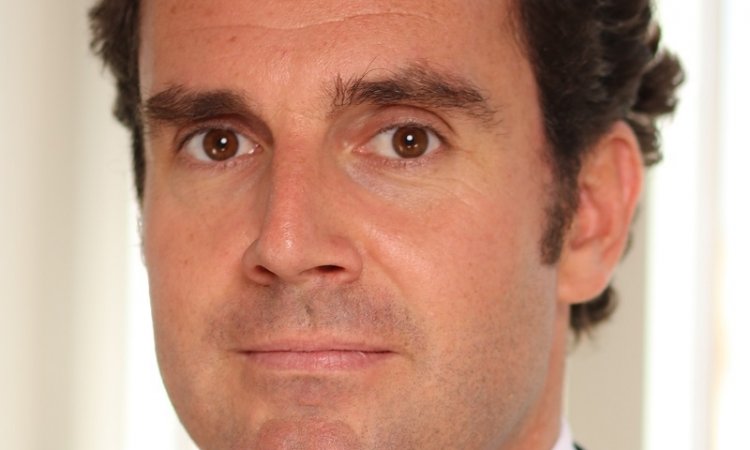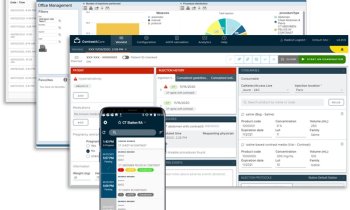Setting a new direction for IT
The UK’s National Health Service new strategy
A Technology Strategy and Roadmap to plot the course of IT within the National Health Service (NHS) over the next few years was unveiled recently by NHS England.

According to the plan, the move will ‘set the direction for NHS technology and informatics so that commissioners, providers and suppliers can make informed investment decisions’ while other developments outlined in the plan include an integrated business intelligence tool to ‘provide the robust information needed for evidence-based, insightful decision making for all parts of NHS England’.
The details were published in the NHS England Business Plan for 2013-14/2015-16. The document, entitled ‘Putting Patients First’, has a number of key targets including having 95% of healthcare trusts using the NHS Number as the prime identifier in clinical correspondence by January 2015 and developing a linked package of shared-decision making aids so that people can make choices about their treatment in collaboration with clinicians
It states: ‘In co-production with key strategic partners and in consultation with stakeholders, we will develop and publish an evidence-based NHS Technology Strategy and Roadmap.
‘Through the Informatics Services Commissioning Group we will bring together key organisations from across health and social care to ensure that benefits to patients and citizens are central to all commissioning decisions about national information and technology services.’
The NHS is developing the care.data programme to harness and utilise health and care data and thus provide timely data, linked across the different components of the patient journey and the outcomes resulting from treatment. The programme is designed to capture and link data from primary and secondary care to increase transparency and improve patient outcomes.
As a first stage, some three quarters of general practitioners (GPs) provided a full extract to care.data by September 2013. By December 2015, 75% of hospital trusts should have provided patient level prescribing data to care.data.
The monthly extract will be based on four groups of data; patient demographics, events, referrals and prescriptions, although sensitive data will be excluded.
The report also outlines the intention to be ‘digital first’ with the Health Online Programme utilising modern technology to transform the service offer of the NHS, ‘empowering patients and citizens to take control and make informed choices.’
The Putting Patients First document contains a commitment for patients to have online access to their health records, make electronic referrals available to patients and health professionals and help all NHS patients to leave feedback in real time on any service - all by 2015.
This pledge comes as NHS England announced its vision for an improved electronic patient referral service. Details were revealed at the Commissioning Show in London in June with the vision for change building on the existing Choose and Book system, aiming to transform it into an improved and expanded NHS e-Referral Service. This is part of NHS England’s commitment to making all referrals electronic and the NHS paperless by 2018.
An initial five-month consultation period with healthcare professionals is underway, with further consultations planned with patients, to help drive the future design and develop a system that is simpler to use, adopts the latest technology and provides an improved service for users and better experience for patients.
NHS England’s Director of Strategic Systems and Technology, Beverley Bryant, said: ‘We are very clear on the need to understand what clinicians want from the system and the consultation is central to this. We want a system that is quick, easy and beneficial for healthcare professionals to use and ultimately improves patient experience by providing flexibility and choice around the services we offer, wherever the patient is.’
18.11.2013










